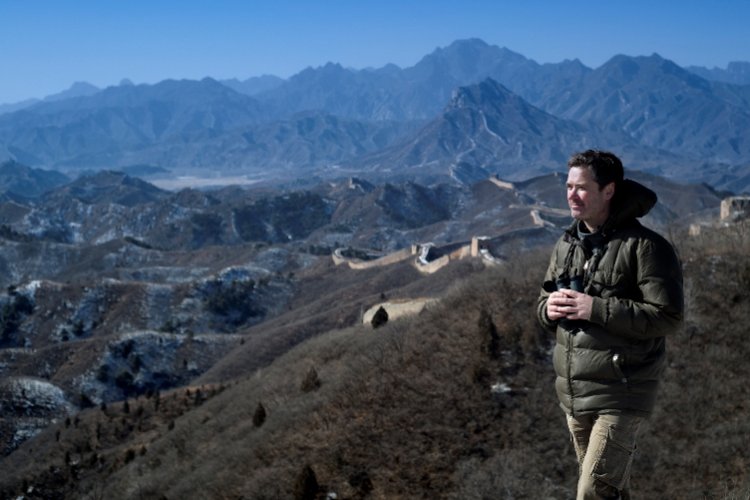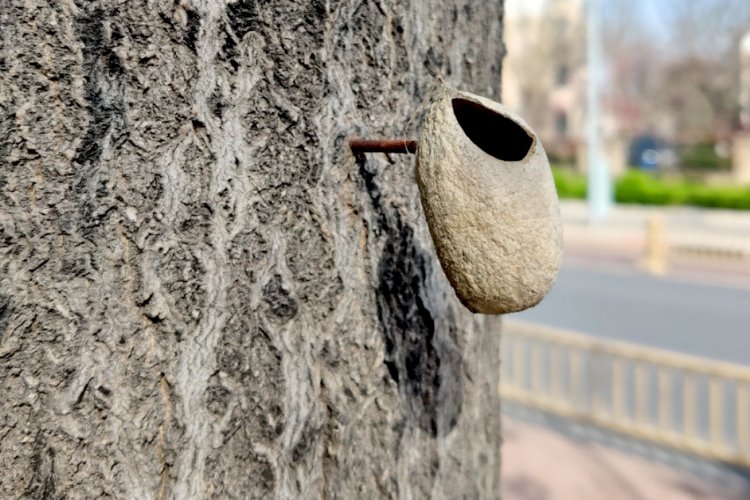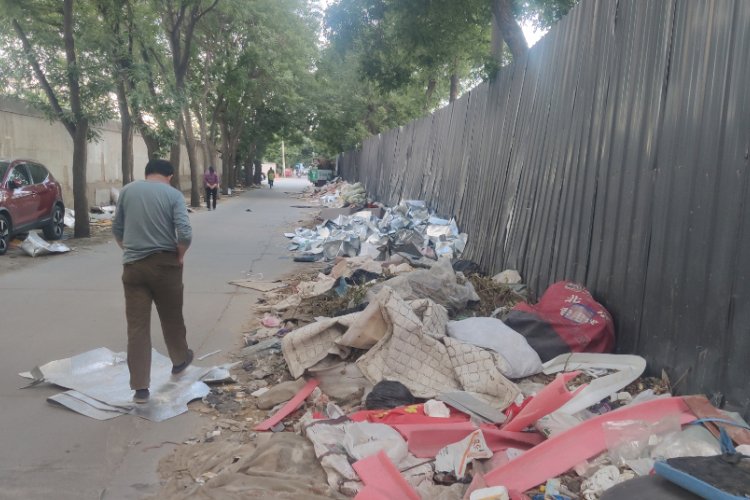The Forest for the Trees: Xu Bing's China Project
When Xu Bing returned to Beijing last year after 18 years in New York, it made headlines. Not only was one of China’s most acclaimed contemporary artists coming home, but he was taking a job at the very top of his old alma mater, as vice-president of the Central Academy of Fine Arts (CAFA).
When he left in 1990, all opportunity seemed to be overseas. Two years prior, he had exhibited Book from the Sky, an extraordinary work comprising hanging scrolls and countless bound books, all hand-printed from carved wooden blocks in a “language” of 4,000 meaningless “characters.” The work was fiercely controversial. Was he mocking the Chinese language? The people’s ignorance?
In New York he found acceptance – and independence. “I was really free,” he says. “Everything was decided by myself.” Xu also found acclaim, winning the MacArthur Foundation’s “Genius” Award in 1999 and exhibiting at leading institutions in the US and around the world.
Then in 2005 he went to Kenya on a program sponsored by RARE, an international green group that involves artists in the conservation of UN-listed natural heritage sites. Once there, he realized that, even more than the animals that fascinated him at first, the most vital thing to conserve was the trees. “Everything related to the tree: politics, people’s lives, animals, their conditions, everything.”
Remembering the Chinese folk story of Ma Liang, a boy whose magical brush gave life to everything he drew, Xu Bing wrote a story about a boy who drew trees that sprouted and grew. He held drawing workshops with the local children, showing them how to express their ideas using colored pencils (which many had never even seen before), promising that he’d show them how to turn their pictures of trees into real ones.
Xu Bing set up a website (Forestproject.net) to auction the children’s drawings, guaranteeing the money would go into planting trees. Each picture’s opening price was set at just USD 2, which was the cost of planting ten trees in the forests of Mount Kenya. Before long, the prices shot up – just as he’d hoped. The children were turning paper into trees.
He then created a major work on paper himself, incorporating the children’s imagery into a joyous forest scroll. The sale of this work provided the cash to take the project to another level – bringing it to China. Xu Bing had decided to come home.
“Being in Kenya reminded me of the old idea of the artist’s role in society: that an artist should ‘immerse himself in real life.’ … I now think China is the most avant-garde place in the world. It’s all contemporary, all new. It’s here that an artist can find new issues to consider, not in Chelsea, not in New York.”
He also welcomed the chance to bring his Forest Project to China. “In Kenya I wanted to prove the system would work. And it worked very well. Not only did it help the trees, it helped the children. It taught them they could make a contribution … it taught them about art and to realize their ideals.”
Now the China phase of the project begins. Over the next four months, Xu will work with more than 5,000 children aged 7-14, in ten diverse places, from the relatively rich cities of Beijing and Shanghai to the poorer regions of Sichuan, Inner Mongolia and Shanxi. He will teach the students and their teachers about the project, and about the ancient relationship between drawing and language. Most importantly, he will teach that by their own efforts they can make a difference.
Xu hopes the idea of protecting the forests will spread far beyond the 5,000 children involved. “Some researchers say each child connects to at least ten adults, when you consider their parents, grand parents, teachers,” he says. He laughs when I suggest that this sounds like an old fashioned socialist project. “It’s the most socialist thing I have ever done. ‘Art for the people and from the people.’ I want to do something different from standard contemporary art, because standard contemporary art is so boring! I want to do something to help humanity and help the country.”
And what about the economic downturn – does that give him pause? “This financial crisis is good for the art world. In my experience, when the market goes down, art rises up!”
Xu Bing’s work can currently be seen at the Today Art Museum until Jun 14. Artwork from the Mount Kenya project can be viewed at www.forestproject.net. Visit www.mxsl.org.cn for the launch of the China project.






